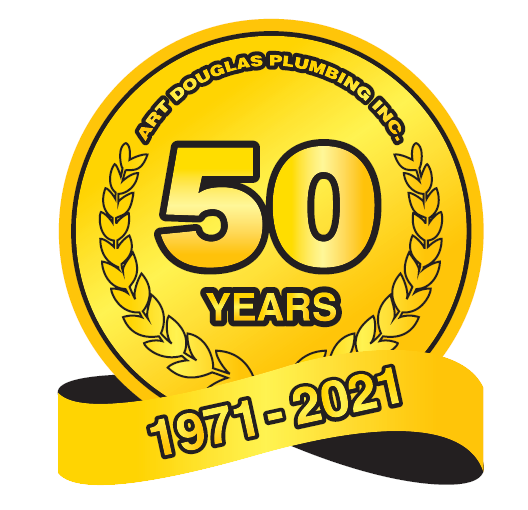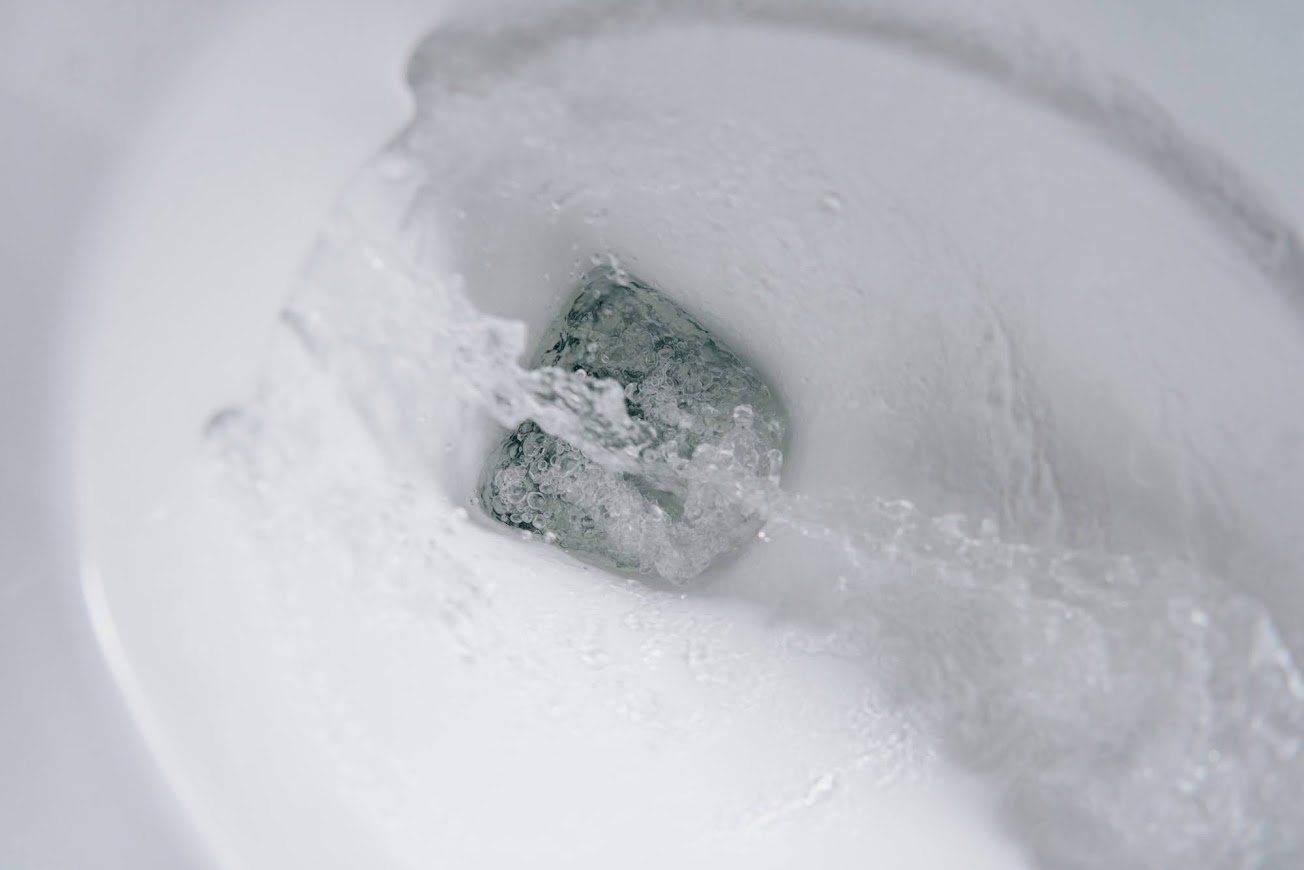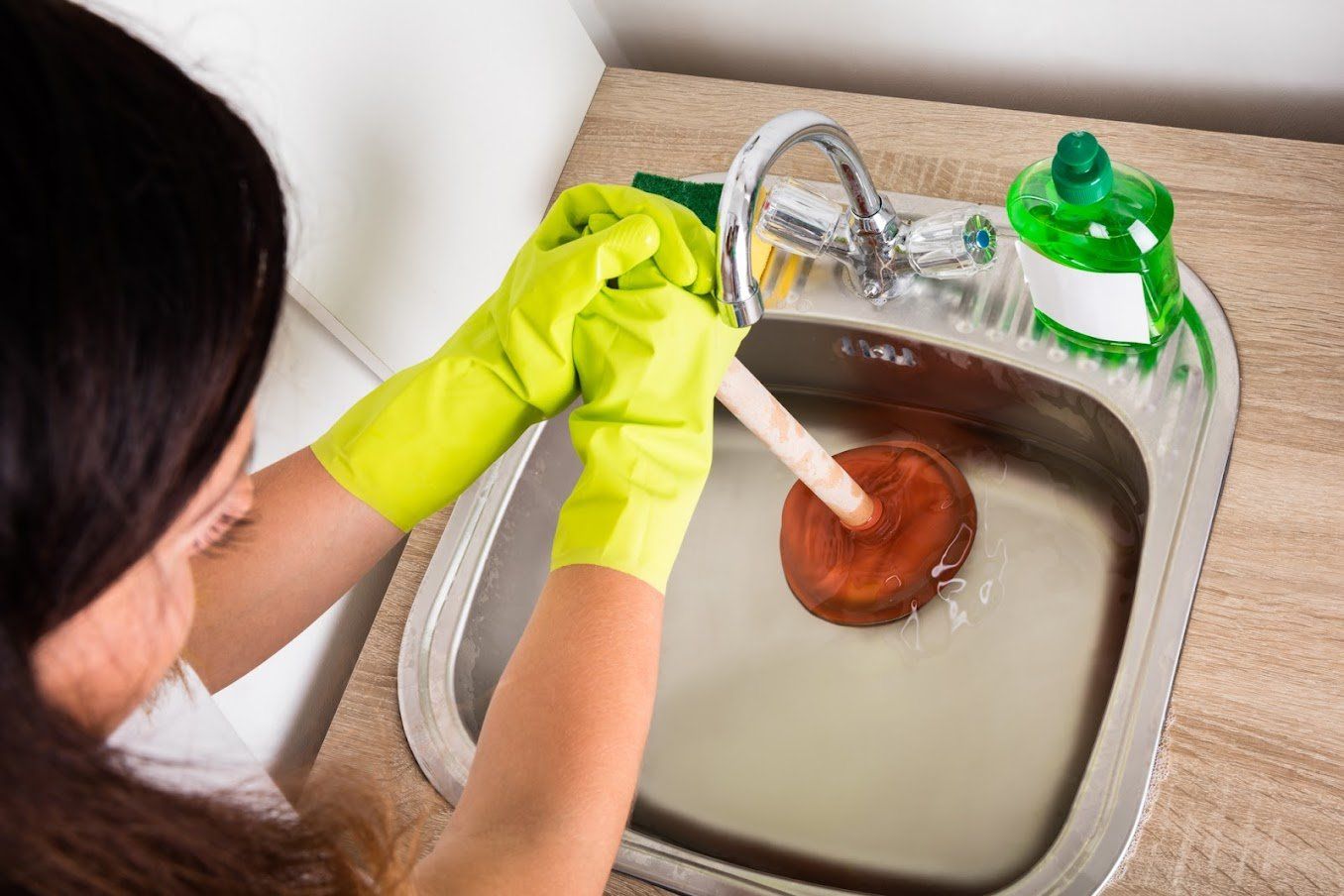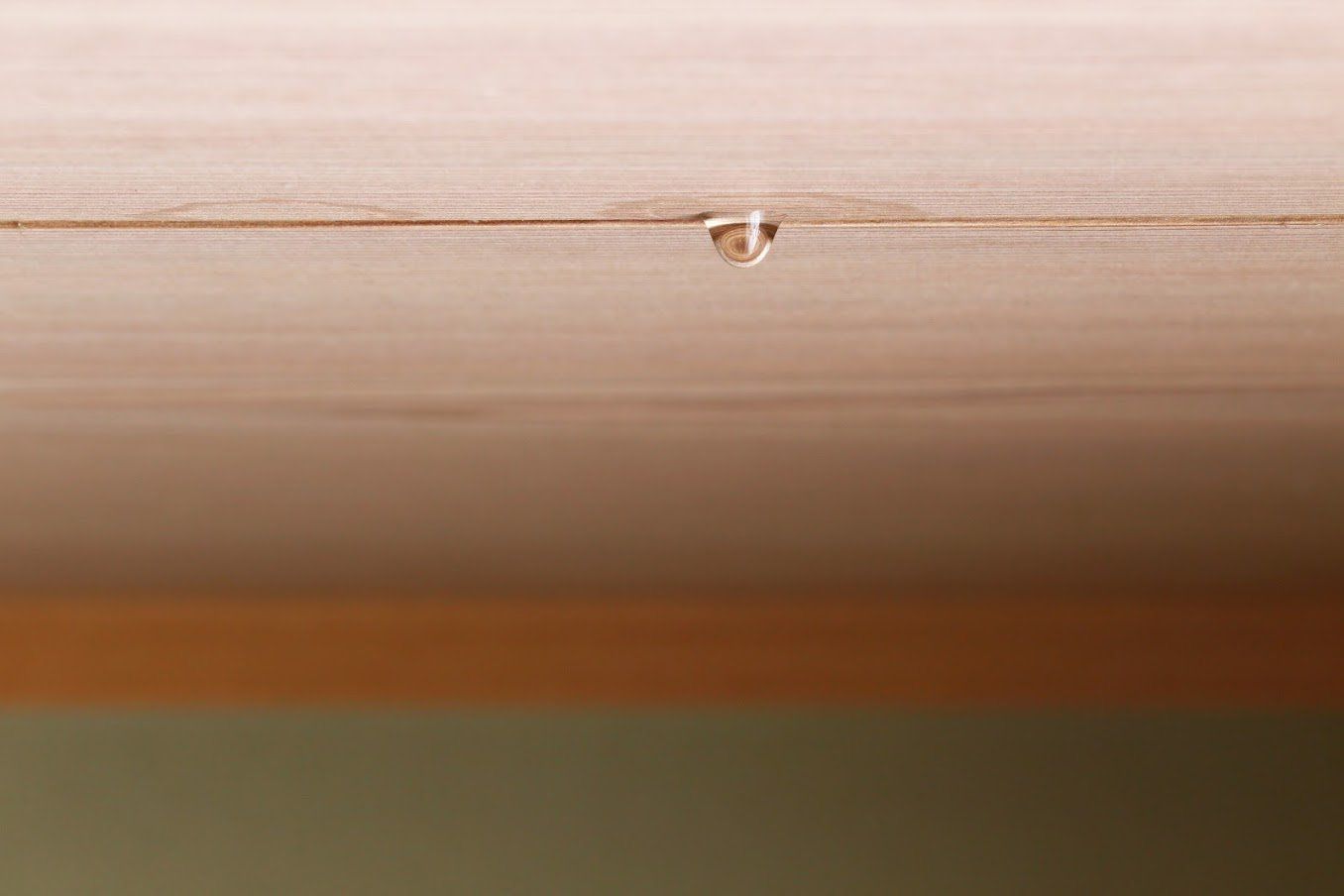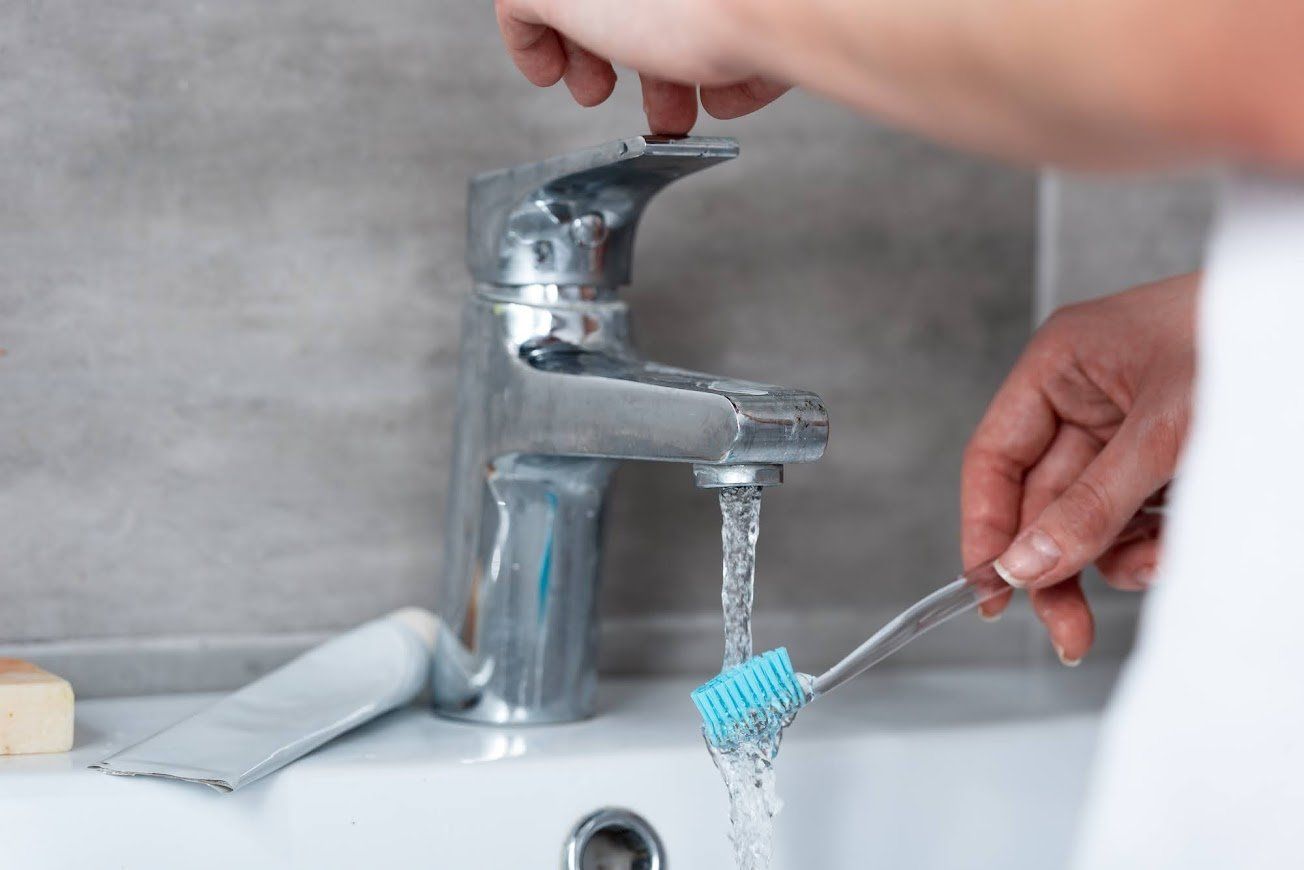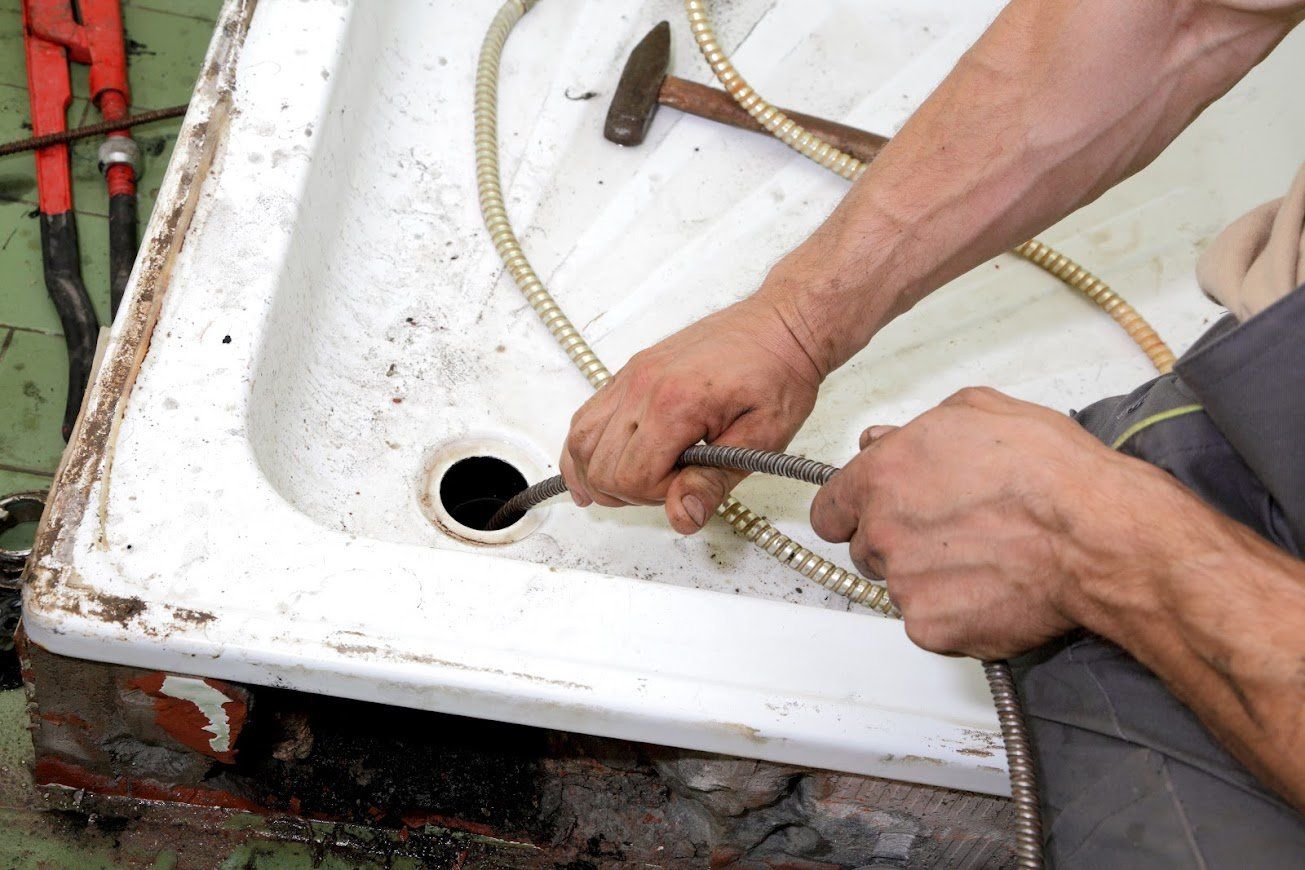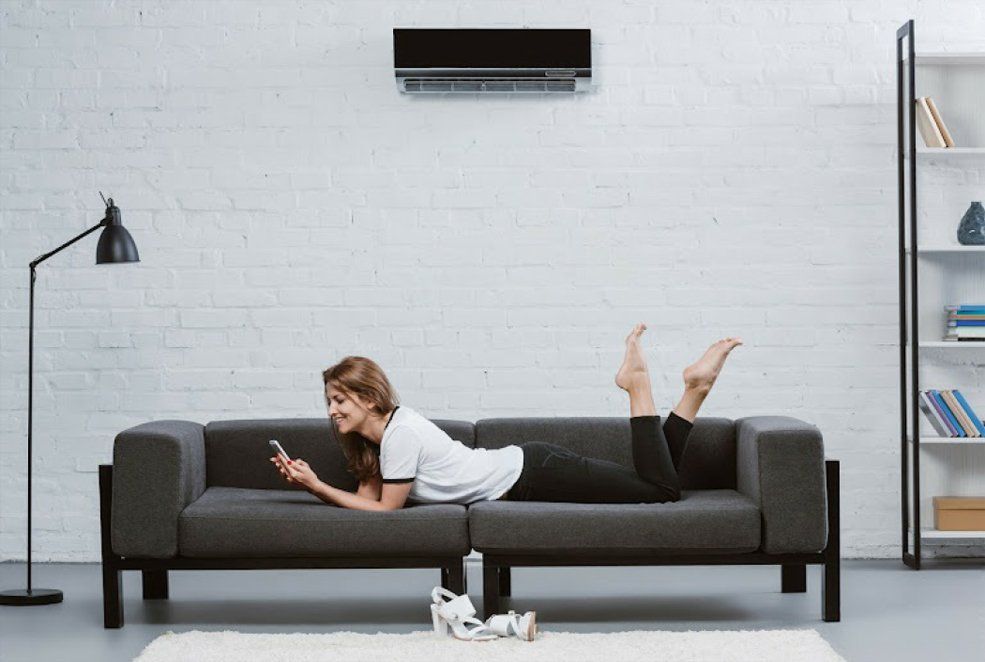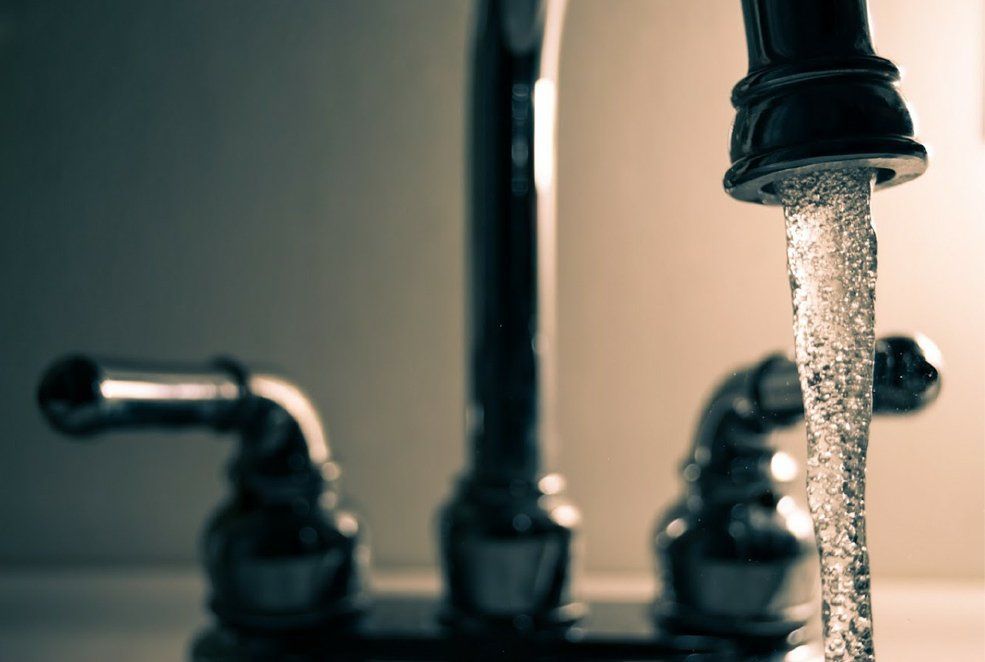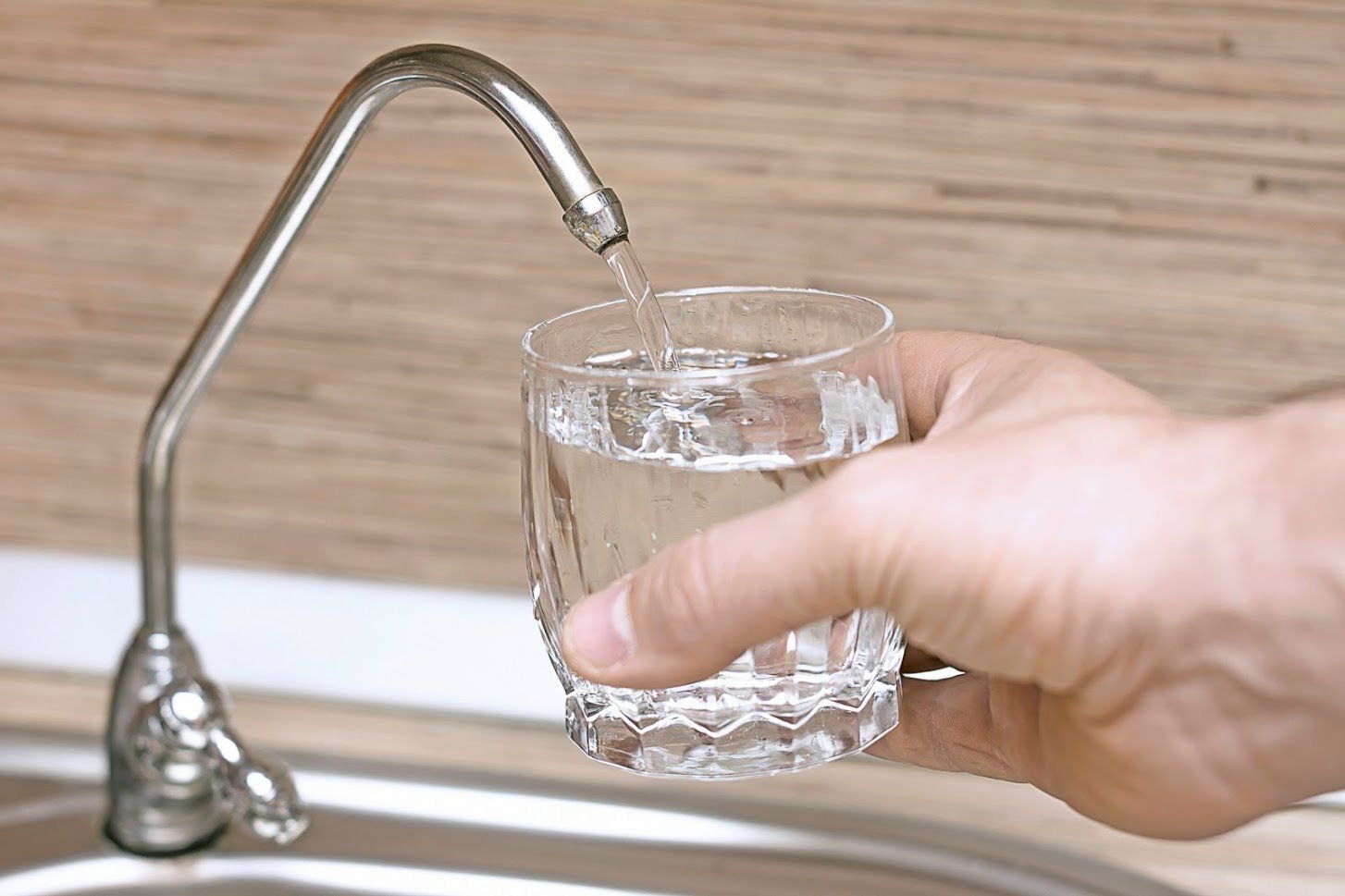4 COMMON PROBLEMS WITH FORCED-AIR HEATING AND COOLING
admin • January 16, 2019
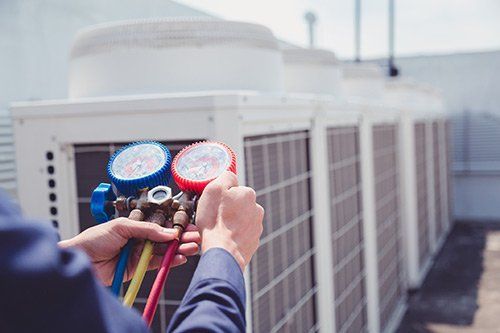
Many homeowners prefer the effectiveness of forced-air heating and cooling. The system quickly pushes cooled or heated air throughout the home, creating a comfortable atmosphere.
If your current system is getting old and you want to replace it with a forced-air system, or if your current system is showing issues, check out these four common problems with forced-air heating and cooling so you know what to do about them.
1. Reduced Efficiency
While forced-air heating and cooling is usually the most effective way to control the temperature inside your home, it isn't the most efficient. Even a well-functioning system uses a lot of energy, but some problems may cause your system to waste energy. One common problem is damage or wear to the system, such as damaged fans, damaged wiring, or faulty switches.
Another major cause of reduced efficiency is faulty ductwork. Due to poor installation, damage or general wear and tear like holes and gaps may appear in the ductwork. This lets air escape, so less air reaches your living space. In order to get the temperature you want, you'll have to use more energy. The best way to correct reduces efficiency is to have the entire system serviced and cleaned (ducts too).
2. Poor Indoor Air Quality
Advanced forced-air heating and cooling systems can often condition the indoor air, removing allergens and other irritants.
However, if your system experience major wear or tear, or the system is getting old, it may no longer filter these irritants easily. Instead, the irritants collect in the ductwork. This causes the duct to narrow, which strains the system and may cause it to push dust, pet hair, dander, pollen, etc. into the living space.
Depending on what's in your vents and the overall health of your family, reduced indoor air quality can make breathing more complicated. However, in people with asthma or allergies, poor air quality can make being inside unbearable. If your system is old, you might need to replace it, but if it's still new, a good duct cleaning may be enough to fix the problem.
3. Clogged or Damaged Filters
Much of your system's maintenance may be performed by a professional, but you should change or clean your system's filter on a regular basis. If you don't clean or replace the filter, you increase the risk of debris entering the ducts. A dirty filter also causes the system to work harder, which leads to more repairs and early replacement.
How often your filter needs to be changed depends on the type of filter, your overall indoor air quality, the number of people in the home, the number of irritants outside and how many pets you have. Ideally, however, you should change the filter every 30 to 60 days. If your filter is clogged or damaged, the solution is as simple as installing a new one.
4. Incorrect Size or System
In some cases, your system may not be the right size for your home. If the system is too small, your home won't reach the temperature you want, so you may experience drafts in the winter and hot spots in the summer. A system that's too big can also cause problems because the system will turn on and off more often, causing it to wear down faster.
Similarly, your system may be wrong for your climate. For example, if you live in an area with extremely hot summers, but you have a heat pump, the system may not provide enough cooling to keep you comfortable.
The right heating and cooling solution for your home is imperative, and forced-air is one of the most effective ways to quickly heat and cool your house. If you would like more information about forced-air heating and cooling or other options, contact us today at Art Douglas Plumbing Inc.

